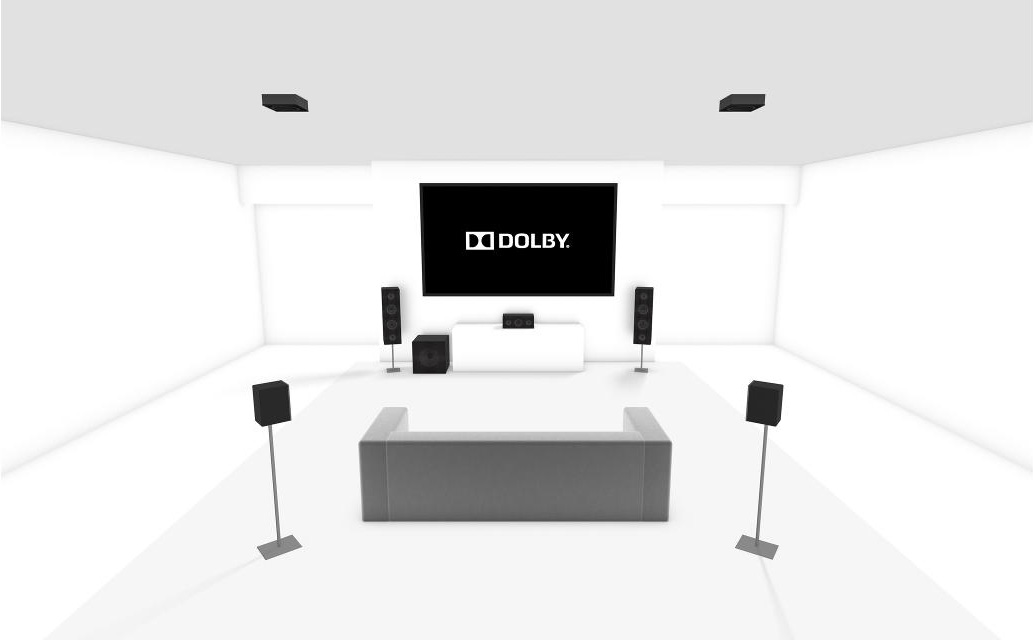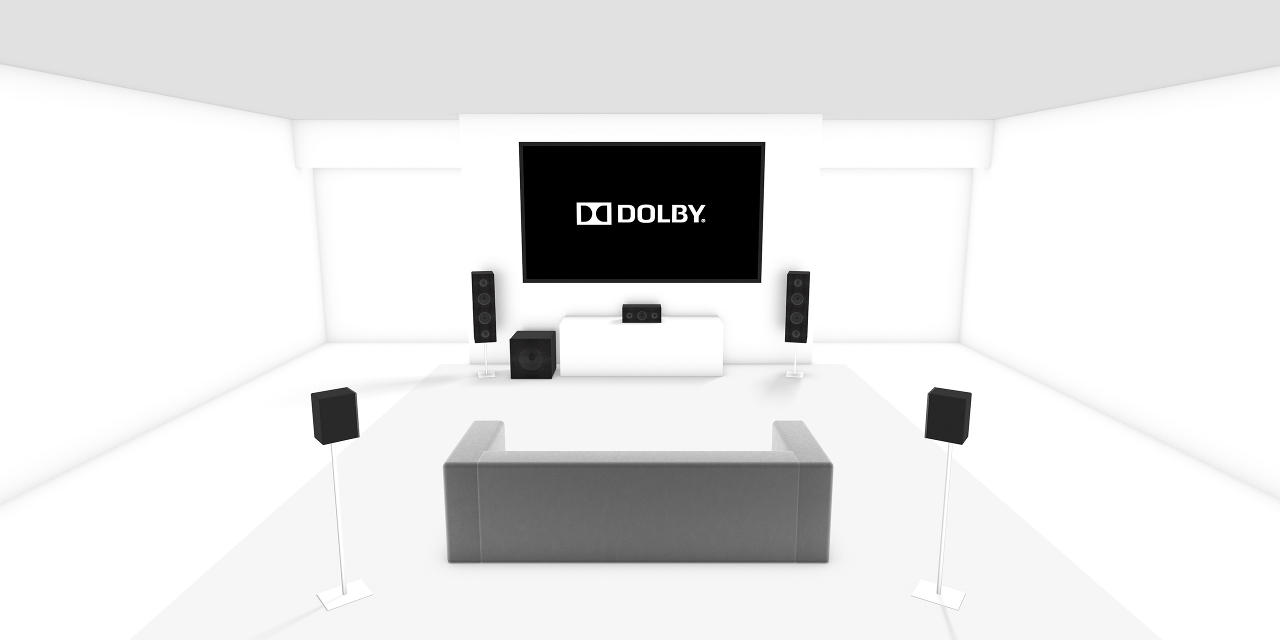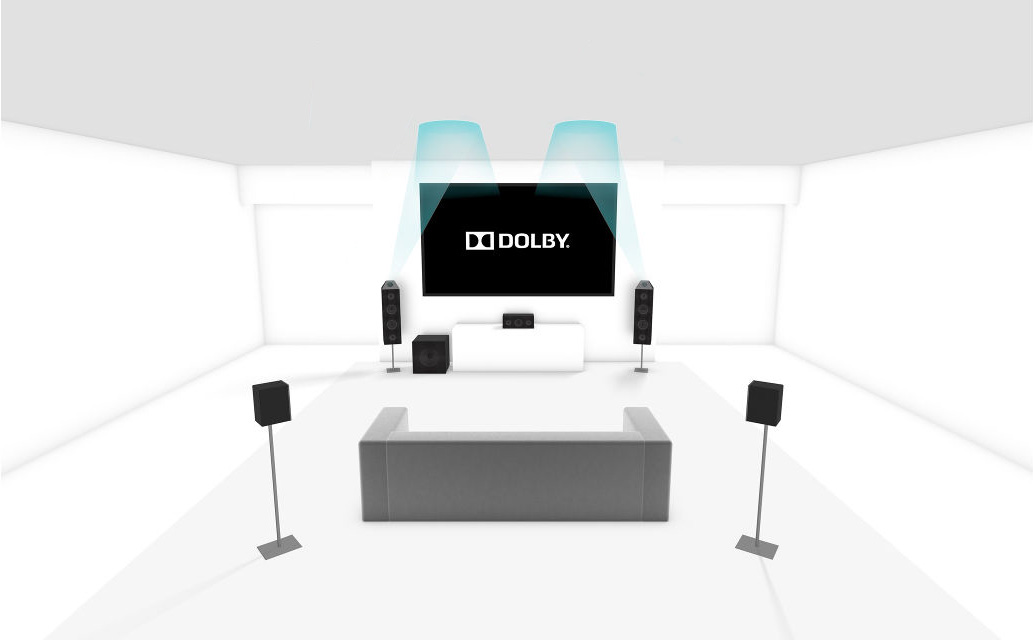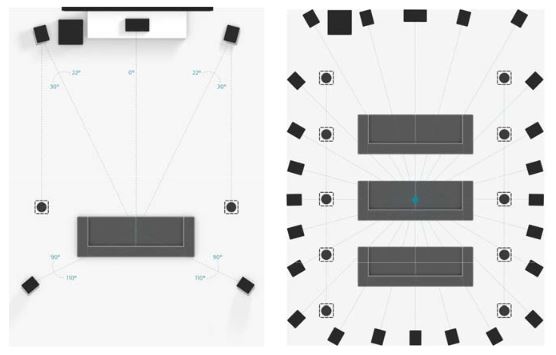 Do you recognize this logo?
Do you recognize this logo?
Dolby Laboratories was created by Ray Dolby in 1965 and is perhaps best known for bringing multi-dimensional sound to film and music by recording and reproducing audio in multiple channels. The playback of these channels through different speakers is what creates surround sound.
Recently Dolby introduced Dolby Atmos, which has created quite a buzz in the audio world. Now it’s coming to home theaters, but what does this mean for the average Joe who watches movies at home?
Even if you love movies – and even if you already have surround sound – the more technical aspects of creating an atmosphere of sound might be above your head (no pun intended), and that’s OK. You can leave the technical aspects and proper setup for the pros to handle.
However, you’ll probably still want to understand the basics of Dolby Atmos should you want to incorporate it into your own theater or media room. So, what’s the big difference between Dolby Atmos and the surround sound you have now? Here’s what you should know.
You’re probably familiar with the typical 5.1 and 7.1 surround sound setups. These numbers correspond to 5 or 7 speakers and 1 subwoofer, which are arranged like this:
Dolby Atmos expands upon this arrangement in a couple of crucial ways.
1. Sound From Above
Perhaps the biggest difference with Dolby Atmos is the added 3-dimensional effect of having sound above you. This goes beyond audio that comes from speakers in the ceiling and refers to actual sound channels engineered to give height to certain sound effects. An example of this would be a helicopter that sounds as if it’s flying over your head.
The height in a Dolby Atmos system can be achieved by two different means: the addition of in-ceiling speakers, or the use of Atmos-enabled loudspeakers with upward-firing elements that bounce the sound off the ceiling and down to your ears.
Because of these added sound channels, an Atmos system will have a designation using three numbers instead of two, where the third number denotes the number of ceiling or up-firing speakers. For example, a 5.1.2 arrangement would include 5 speakers, 1 subwoofer, and 2 ceiling or upward-firing speakers.
(Click for Larger Image)
2. More Immersive Sound
Dolby Atmos has the wow factor of offering more channels of sound than any of its predecessors. The minimum Atmos arrangement is 5.1.2 while the maximum is a staggering 24.1.10.
While the latter may seem like a bit much for the average-sized home theater, the point is that an expanded variety of sound channels and speaker positions allows the sound to “originate” from more locations in the room, so you can feel like you’re surrounded by the action happening in the movie.
There are other benefits of the Atmos system to be sure, but these are the biggest changes to understand and consider when differentiating Dolby Atmos from previous surround sound arrangements.
So what works best for a home theater or media room? Depending on the size of your room, Dolby recommends the arrangements below for starters:
(Click for Larger Image)
To explore more Dolby Atmos options for your space, and decide what elements you’ll need to add to make Atmos happen in your home, consult a professional home electronics integrator like Suess Electronics. We can help you choose what’s right for your space and upgrade your home theater for the best possible movie watching experience.
Graphics in this post via Dolby.com.






